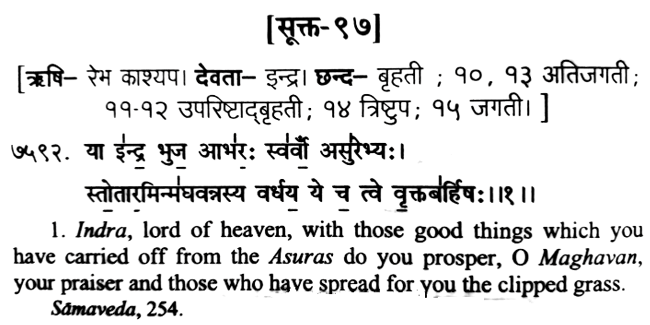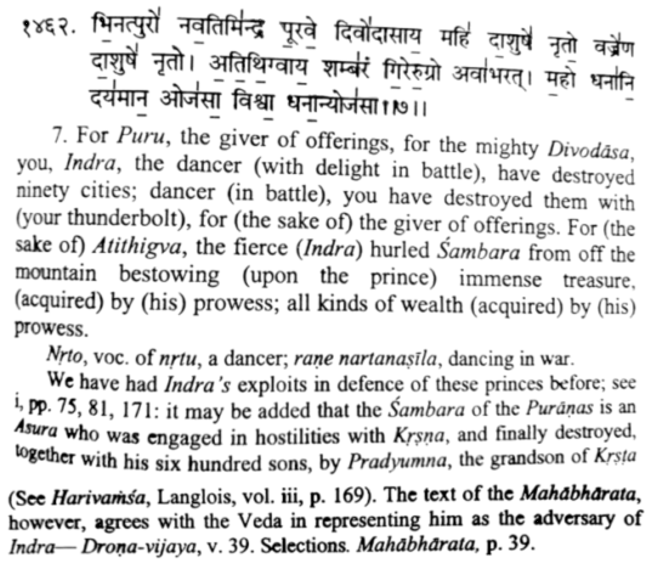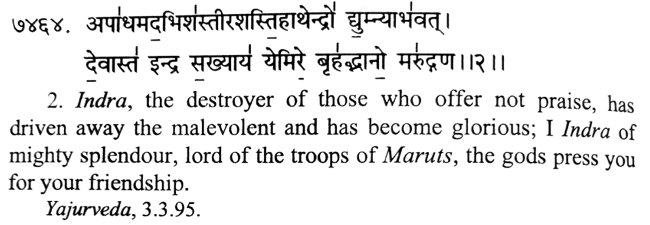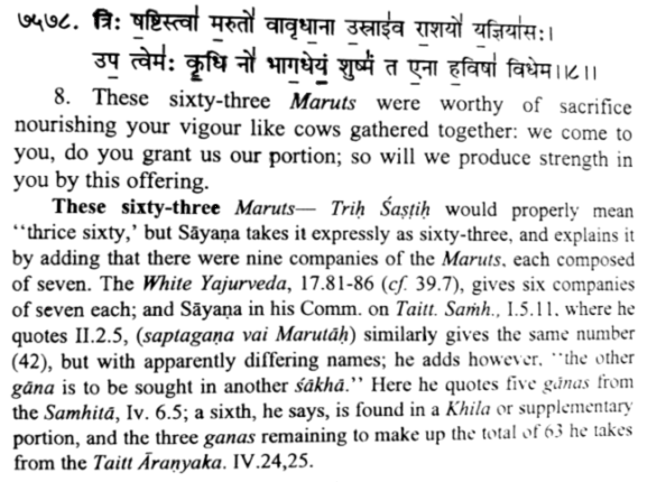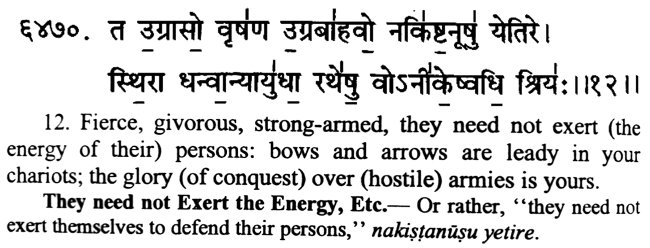
| ARYAN SWORD DANCE 1. Introduction :
Sword dance has always been there in Aryan warriors be it in Iran, Bharat, Georgia, Russia, etc.
Sumerian civilization is Aryan civilization and Vedic Aryans are part of Sumerian civilization.
Being a citizen of Bharat (India) I dont know much about ancient text of other religions and nations but I am writing here what I have found in one of our Vedic Aryan ancient scriptures called Rig Ved.
Rig Ved is one of the oldest text of Vedic Aryans. There is a difference of opinion about how old these Veds are but given below is the common assumption of dates related to completion of veds.
2. Maruts, Indra and Inanna :
The three main characters which prove that sword dance existed during Rig Ved time are Maruts, Indra and Inanna . In other cultures these Devtas (gods) can be known by different names.
1) Marut / Amurru / Amorite :
The Maruts, also known as the Marutgan and sometimes identified with Rudras, are storm deities and sons of Rudra and Prisni (euphrates).
2) Indra / Thor / Adam / Shiv :
Indra is considered as King of Devtas, lord of heaven, rides on elephant called Airavat, his weapon is Vajra, he brings rain as god of the thunderbolt, and he is the great warrior who conquers enemies of God.
There are many things about Indra but I am not going to write about it as I dont want to get off our main topic.
3)
Inanna / Ishtar / Eve / Parvati :
During the Akkadian Period, kurgarru and assinnu were servants of Ishtar who dressed in female clothing and performed war dances in Ishtar's temples.
Women across the ancient Near East worshipped Ishtar by dedicating to her cakes baked in ashes (known as kaman tumri).
The Sumerians worshipped Inanna as the goddess of both warfare and love. Unlike other gods, whose roles were static and whose domains were limited, the stories of Inanna describe her as moving from conquest to conquest.
Inanna was also worshipped as one of the Sumerian war deities. One of her hymns declares: "She stirs confusion and chaos against those who are disobedient to her, speeding carnage and inciting the devastating flood, clothed in terrifying radiance. It is her game to speed conflict and battle, untiring, strapping on her sandals." Battle itself was occasionally referred to as the "Dance of Inanna".
To know more about Inanna Click here.
1) . RV 8.97.1 (Rig Ved Mandal 8, Sukt 97 Mantra 1 i.e. 7592) :
Note : This Hymn shows that in starting of Vedic times Asurs and Devtas were not enemies.
Note : This Hymn shows how Indra danced in danced in battle.
Note : This Hymn shows that Indra is the lord of troops of Maruts.
Note : This Hymn shows that there are total 36 Maruts.
Note : The above Hymns shows Maruts are warriors who also danced with golden breast-plates.
Sword dance can be found in many countries and cultures but I am only putting few videos here to prove a point. Sword
Dance Bharat
Caucasus
Sword Dance
Georgian
Sword Dance
Sistan
and and Baluchestan Sword Dance
Balochi
Sword Dance
Kurdish
War Dance Part 1 of 2
Kurdish
War Dance Part 2 of 2
|
|||||||||||||||||
